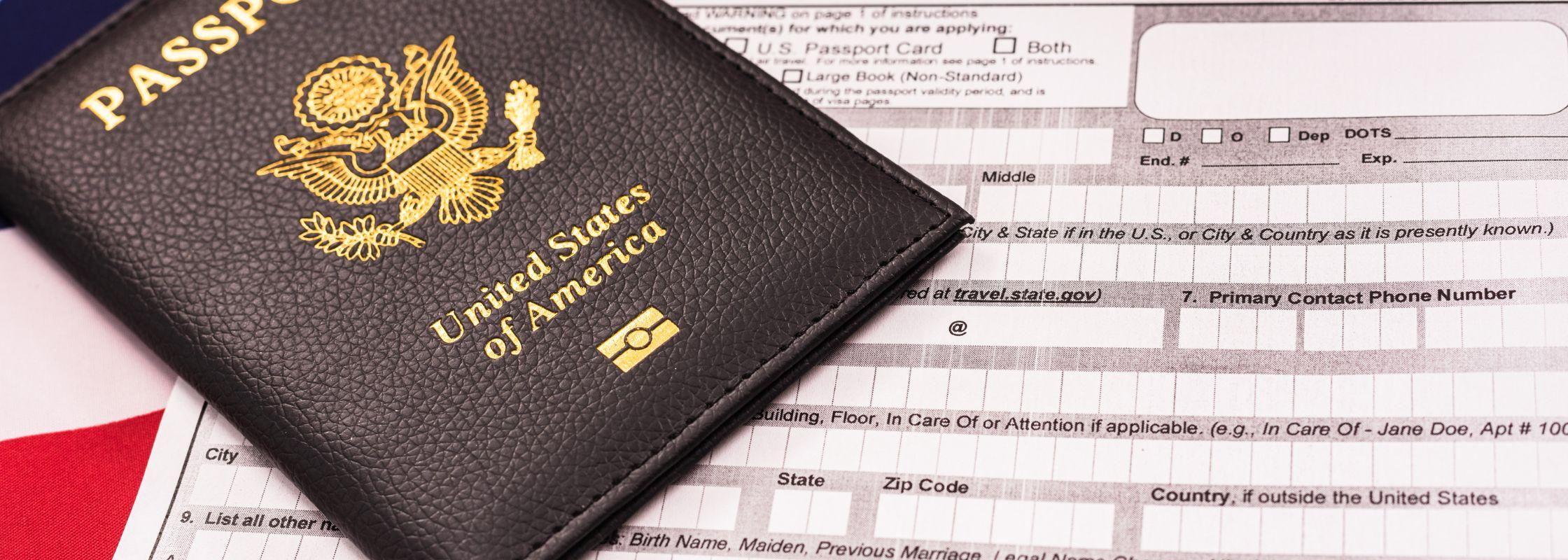Can a Passport Card Replace Traditional ID for Work?

As more businesses embrace the need for remote work and companies grow increasingly international, having the right identification can streamline many administrative tasks. One lesser-known document in the identification spectrum is the U.S. Passport Card. But can it actually replace traditional identification for work purposes?
What is a U.S. Passport Card?


A U.S. Passport Card is a small, wallet-sized document issued by the U.S. Department of State, primarily for identification purposes and for travel to certain countries and territories within the Western Hemisphere, like Canada, Mexico, and Caribbean countries. It’s meant to be a more convenient and less expensive alternative to the passport book, especially for land and sea border crossings.
Can You Use a Passport Card for Work?

When considering the use of a passport card for work:
- Travel: If your job involves frequent travel within North America, the passport card can be very useful for land border crossings.
- ID Verification: Employers might accept a passport card as a form of identification to comply with the I-9 Employment Eligibility Verification form in the U.S.
- Security Access: In some cases, facilities with high security might accept a passport card, though it’s not the most common practice.
📍 Note: While many employers will accept a passport card as identification, some might require additional documentation or have specific policies.
Comparison with Traditional IDs

| Aspect | Passport Card | State ID/Driver’s License | Green Card |
|---|---|---|---|
| Travel Eligibility | International travel within specific regions | Primarily domestic use | Work and residence authorization |
| Renewal Period | 10 years for adults, 5 years for minors | Typically 8 years, varies by state | 10 years |
| Cost | 30 (first-time issuance), 30 for renewals | Varies by state, 20 to 30 for a new card | $165 (for permanent residents) |
| Acceptance for Work | Generally accepted | Commonly accepted | Required for non-U.S. citizens |

🌎 Note: Remember that the passport card is less versatile than a passport book for international travel outside the Western Hemisphere.
Legal Framework

The REAL ID Act sets forth federal requirements for identification, but since the passport card is issued by the U.S. government, it’s compliant with REAL ID standards. Here are some points to consider:
- The passport card is recognized as valid identification for federal purposes.
- However, individual state laws or company policies might still have different requirements.
Advantages of Using a Passport Card

- Durability: Made to last.
- Convenience: Wallet-sized and easy to carry.
- Cross-Border Travel: Facilitates border crossings without the bulk.
Disadvantages

- Limited International Travel: Restricted to North America and some Caribbean territories.
- Not as Widely Recognized: Some employers or security systems might not be familiar with the passport card.
- Potential Confusion: Its similarity to a standard driver’s license can lead to misunderstandings.
Employer Perspective

From an employer’s viewpoint:
- There can be practical benefits to accepting passport cards like streamlined hiring processes for employees who travel frequently.
- The need for multiple forms of ID might still be required, especially in sectors requiring high security clearance.
🤔 Note: Employers should clarify their ID acceptance policies to avoid confusion during onboarding or when dealing with third parties.
Practical Scenarios

Let’s consider some scenarios where a passport card might come in handy:
- Tech Companies with International Teams: Passport cards can simplify onboarding for employees who travel back and forth between the U.S. and nearby countries.
- Traveling Salespeople: Sales reps who cross borders frequently might find the passport card more practical for ID verification.
- Consultants: Freelancers or consultants who work in different countries might benefit from the ease of use of a passport card.
Reflecting on the above information, while the U.S. Passport Card has its advantages in terms of convenience and cost-effectiveness, it's not a one-size-fits-all solution. Its primary function is to facilitate short trips within the Western Hemisphere, but as we've seen, it can also be used for work-related identification purposes. Understanding the nuances of its acceptance by employers, state regulations, and the limitations in international travel is crucial. In essence, while it can complement or even replace traditional ID in specific work scenarios, it’s not a substitute in every case, especially for workers who require international travel or employers with stringent ID policies.
Can I use my passport card to travel to Europe for business?

+
No, the U.S. Passport Card is only valid for international travel to Canada, Mexico, Bermuda, and Caribbean nations by land or sea. You would need a passport book for air travel to Europe.
What if my employer does not accept a passport card as work ID?

+
In such cases, you would need to provide another form of identification that complies with your employer’s policies or local laws.
How often do I need to renew my passport card for work?

+
A passport card needs to be renewed every 10 years for adults and every 5 years for minors. Ensure you renew it in time to avoid any work-related disruptions.